2024-01-09
Top 9 Form Tools 2024

In 2024, form-creation tools are essential for collecting data, conducting surveys, and engaging the public. In this article, we explore some of the best form tools available, highlighting their functionalities and limitations to help you choose the best option for your needs.
1. Jestor

Key Features:
- Integrated form creation with data management systems.
- Advanced customization to suit business processes.
- Easy integration with other tools and services. No need to integrate with spreadsheets, saves responses automatically.
Disadvantages:
- More focused on business needs than general use.
- The simplest way to save responses in spreadsheets is by exporting reports.
2. Google Forms
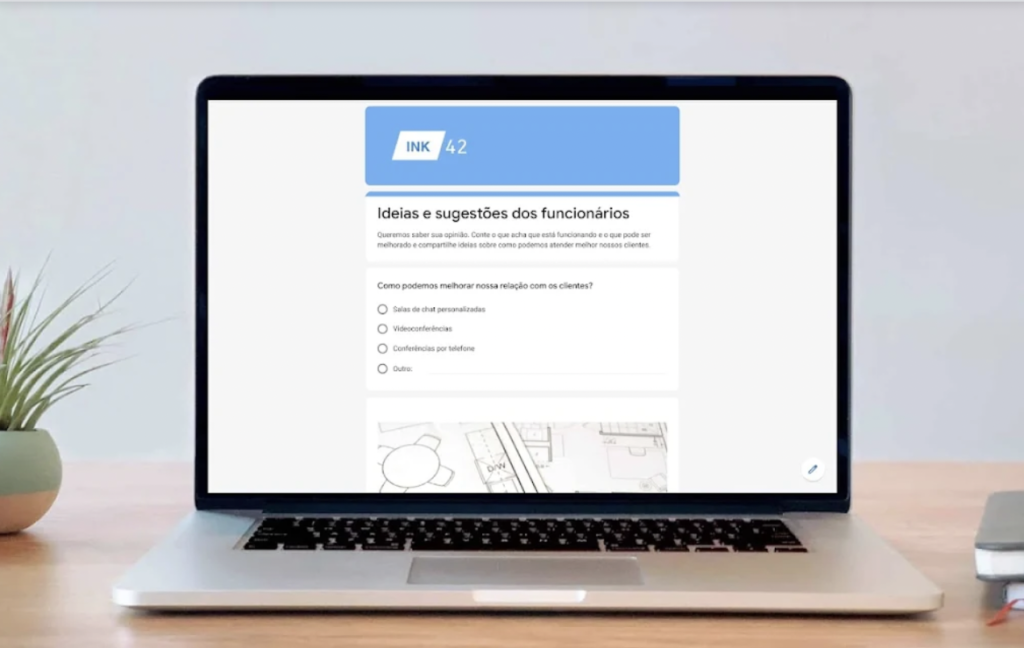
- Key Features:
- Intuitive and easy-to-use interface.
- Seamless integration with other Google Workspace tools.
- Suitable for quick surveys and simple data collection.
- Disadvantages:
- Limited visual customization options.
- More advanced features are restricted.
3. JotForms
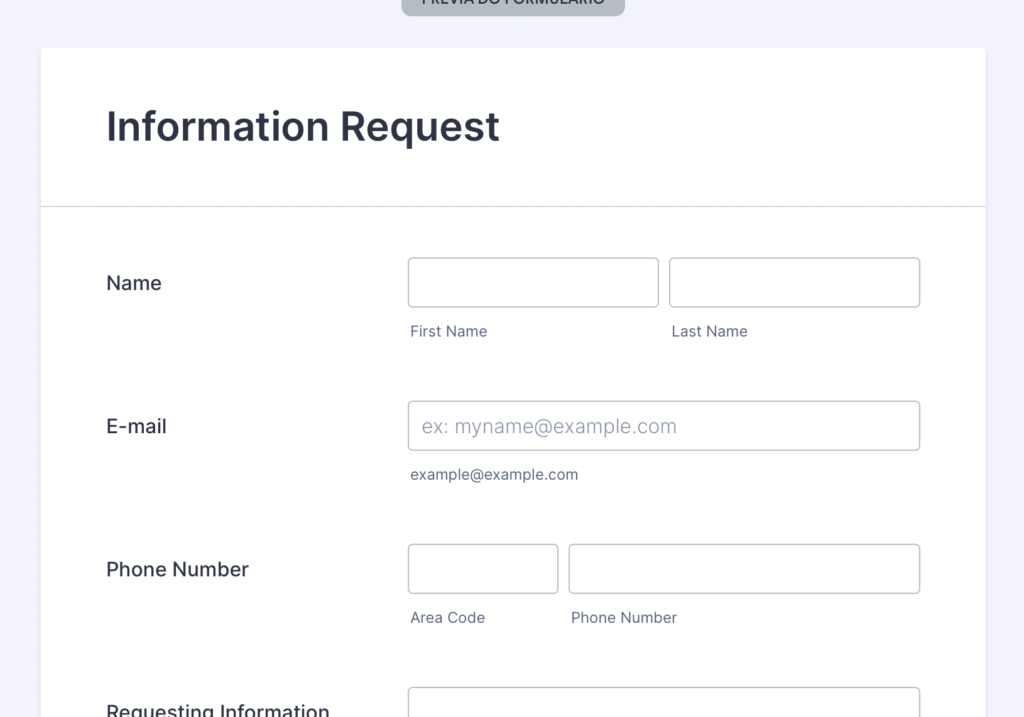
- Key Features:
- Wide variety of templates and customization options.
- Integrated payment functionalities for commercial forms.
- Capability to create more complex and interactive forms.
- Disadvantages:
- Advanced features require a paid plan.
- Can be somewhat more complex for beginner users.
4. Typeform
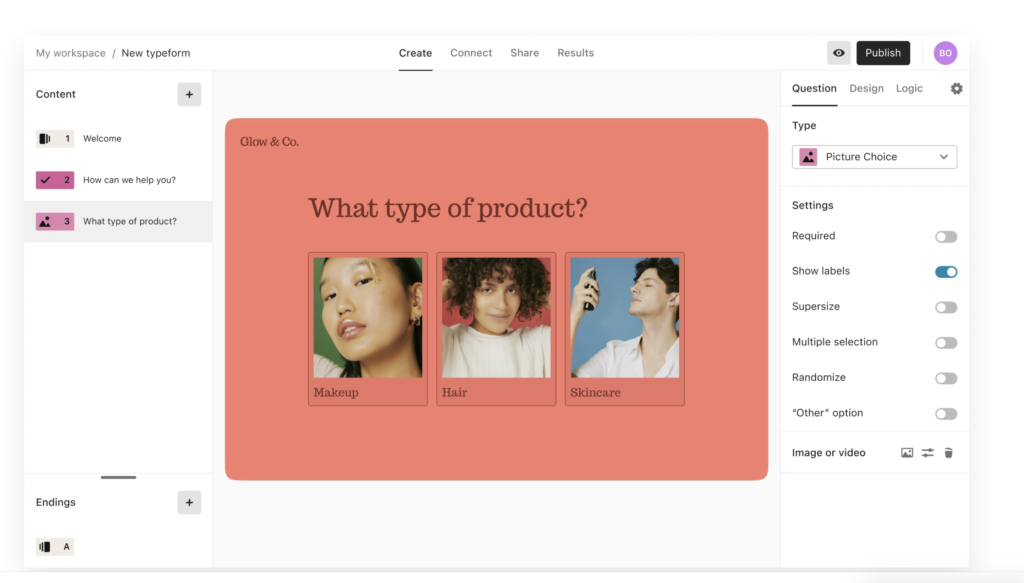
- Key Features:
- User-experience-centered design with attractive interfaces.
- Supports conditional logic for question customization.
- Ideal for engaging surveys and feedback collection.
- Disadvantages:
- Price can be a limiting factor for accessing all features.
- Less suitable for forms with many questions or technical complexity.
5. Tally
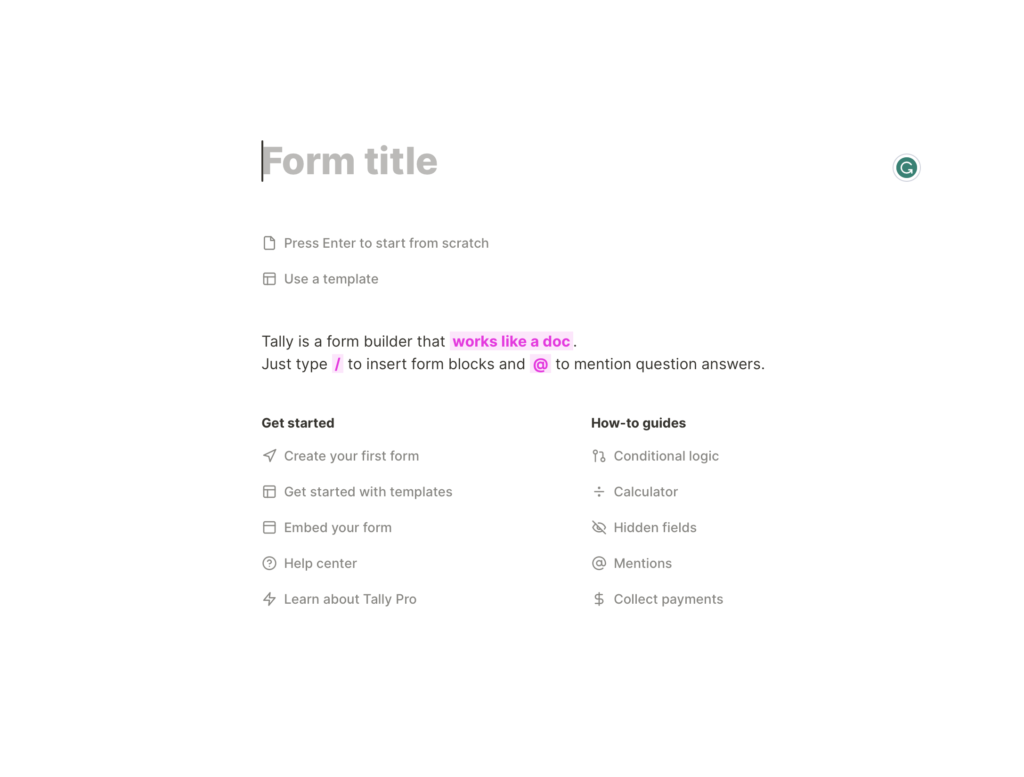
- Key Features:
- Easy to use, with a minimalist approach to form creation.
- Has a free plan with robust functionalities.
- Ideal for quick and efficient forms.
- Disadvantages:
- More limited customization options and integrations.
- Fewer features for data analysis.
6. Microsoft Forms
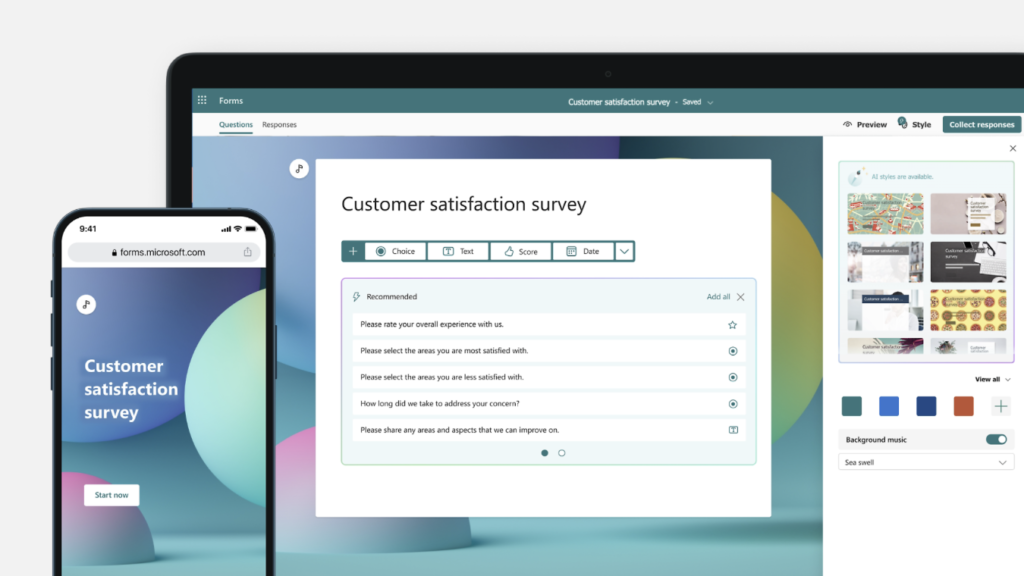
- Key Features:
- Integration with the Microsoft 365 ecosystem.
- Built-in analysis and reporting tools.
- Simple and functional interface for quick form creation.
- Disadvantages:
- Limitations in customization and complexity of forms.
- More focused on education and corporate environments already embedded in the Microsoft package.
7. Airtable
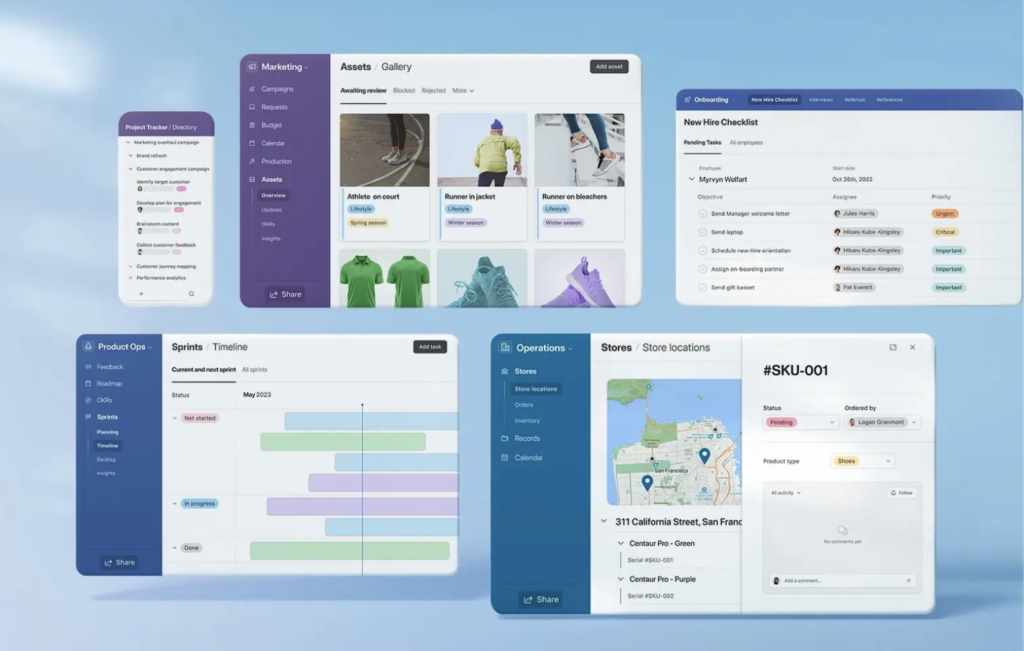
- Key Features:
- Unique combination of database and spreadsheet with the ability to create forms.
- Customizable forms that integrate directly with the database.
- Intuitive and easy-to-use interface with automation options.
- Disadvantages:
- Can be a bit complex for users without database experience.
- Limitations in styling and layout of forms.
8. Monday.com
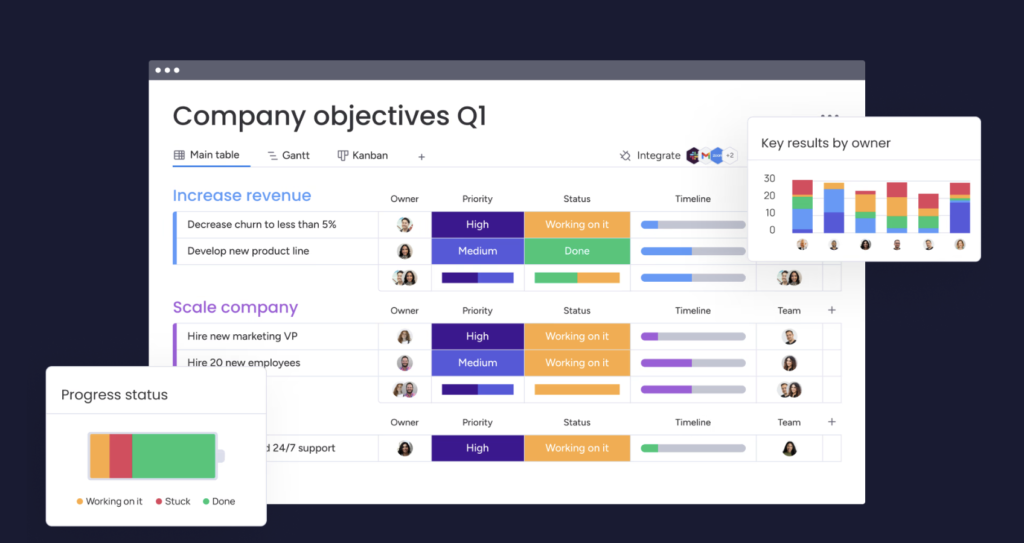
- Key Features:
- Integrated form creation for project and task management.
- Flexible customization and automation options.
- Easy integration with other features of the Monday.com platform.
- Disadvantages:
- Forms are more an extension of the project management tool than an independent feature.
- Can be excessive for simple form needs.
9. ClickUp
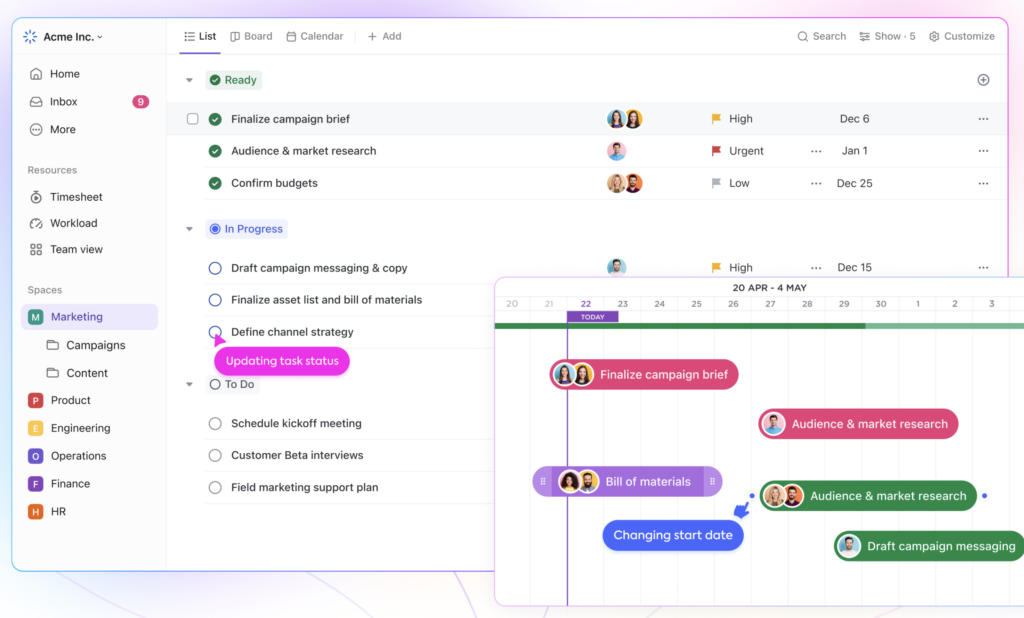
- Key Features:
- Ability to create customized forms within the task management ecosystem.
- Direct integration of collected data with tasks and projects.
- Friendly interface with customization options.
- Disadvantages:
- Forms are part of a broader management system, which can be more than necessary for simple data collection.
- Some limitations in terms of form design and layout options.
Conclusão
In 2024, the variety and capability of form tools are impressive, catering to a wide range of needs from simple surveys to complex integrations in management systems. Choosing the right tool is crucial for maximizing effectiveness and efficiency in data collection and management.
Most of them offer free versions. Therefore, we suggest you test them and see what would be best for you and your team.

